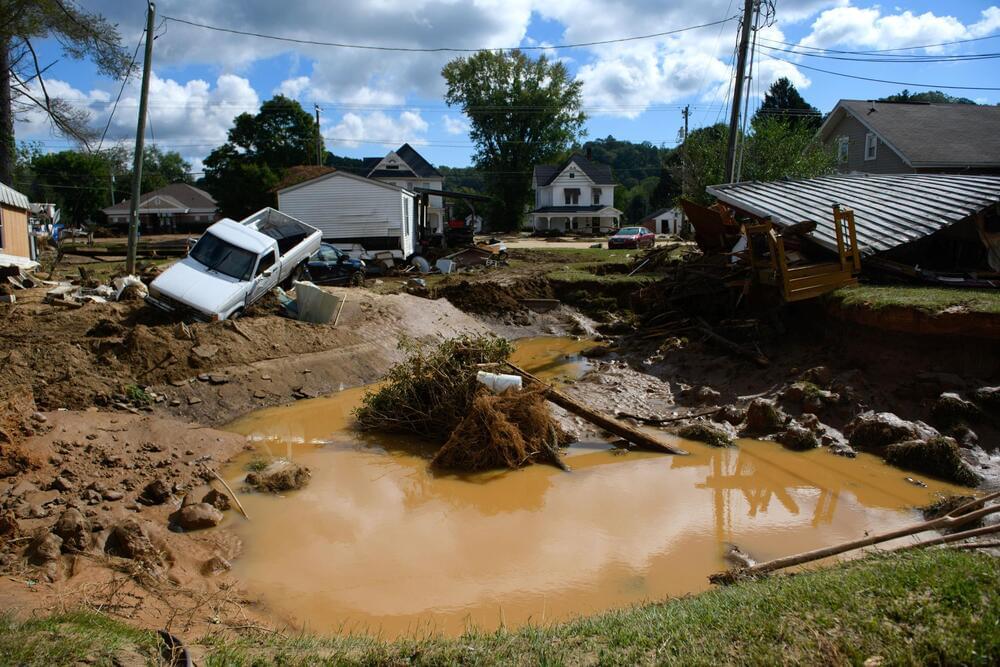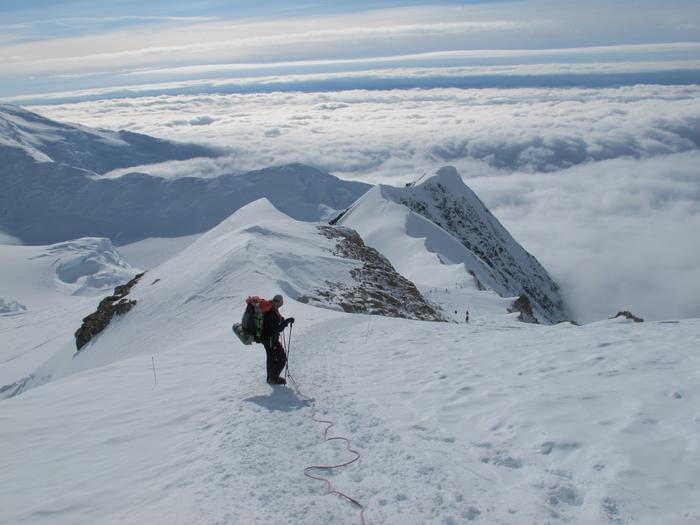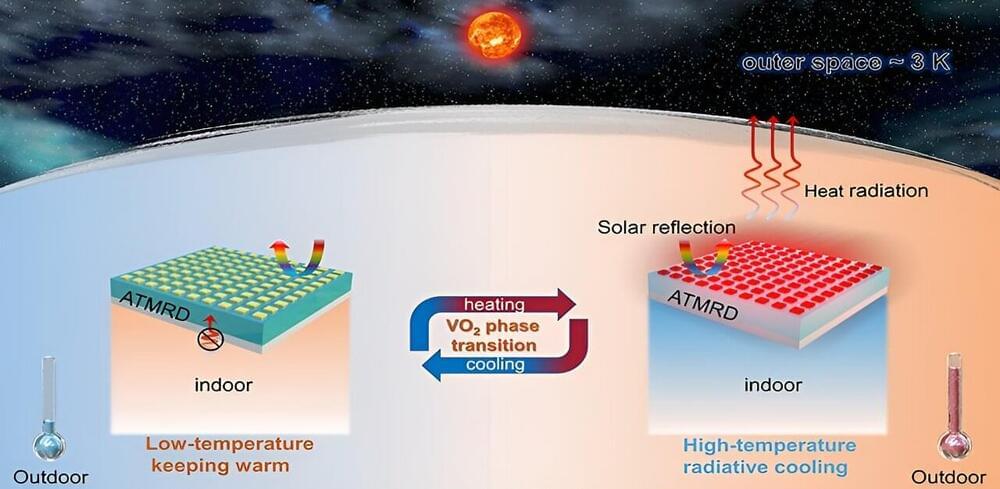Power outages continued for many in the Eastern U.S. early on Monday as Helene’s death toll passed 100.


Quantum computers have the ability to harness the mysterious effects of quantum physics, making them a game changer for science. Professor Hannah Fry explains how they work on The Future with Hannah Fry.
With the promise of unimaginable computing power, a global race for quantum supremacy is raging. Who will be first to harness this new technological force, and what will they do with it?
——-
Like this video? Subscribe: https://www.youtube.com/Bloomberg?sub_…
Get unlimited access to Bloomberg.com for $1.99/month for the first 3 months: https://www.bloomberg.com/subscriptio…
Bloomberg Originals offers bold takes for curious minds on today’s biggest topics. Hosted by experts covering stories you haven’t seen and viewpoints you haven’t heard, you’ll discover cinematic, data-led shows that investigate the intersection of business and culture. Exploring every angle of climate change, technology, finance, sports and beyond, Bloomberg Originals is business as you’ve never seen it.

How can electronic waste, also known as e-waste, be recycled without resulting in negative environmental impacts that are often produced with traditional e-waste recycling methods? This is what a recent study published in Nature Chemical Engineering hopes to address as a team of researchers from Rice University investigated a novel approach for improving e-waste recycling while mitigating the negative impacts on the environment. This study holds the potential to help researchers, climate conservationists, and the public better understand how they can contribute to a cleaner environment through recycling.
“Our process offers significant reductions in operational costs and greenhouse gas emissions, making it a pivotal advancement in sustainable recycling,” said Dr. James Tour, who is a T.T. and W.F. Chao Professor of Chemistry at Rice University and a co-author on the study.
For the study, the team built upon past research conducted by Dr. Toru involving flash joule heating (FJH), which uses electric currents to break down metals into other materials. Using FJH for e-waste, the researchers successfully removed precious metals, including tantalum, indium, and gallium, which have commercial uses in capacitors, LCD displays, and semiconductors, respectively. Additionally, this new method was found to provide increased efficiency for metal purity and number of metals, also called yield, at 95 percent and 85 percent, respectively, along with significantly reducing environmental harm since this method does not require acids or water for its reaction.

“Our study is a stark example of how air pollution can substantially alter atmospheric chemistry thousands of miles away,” said Jacob Chalif.
How do fossil fuels influence the atmospheric chemistry of the Arctic? This is what a recent study published in Nature Geoscience hopes to address as a team of scientists investigated how air pollution caused by fossil fuels influences levels of methanesulfonic acid (MSA), which is an airborne byproduct of marine phytoplankton. This study has the potential to help researchers, climate scientists, and the public better understand the long-term consequences of fossil fuels and the steps that can be taken to mitigate them.
This study builds on several past studies, specifically a 2013 ice core research study from Denali National Park, that hypothesized reduced MSA levels resulted from drastic reductions in phytoplankton during the same period. However, the researchers ruled out a connection between MSA and phytoplankton populations but were still puzzled about the drops in MSA levels in the Arctic.

How can artificial light influence the behavior of zebrafish? This is what a recent study published in Science of The Total Environment hopes to address as an international team of researchers investigated the effects of artificial light at night (ALAN) on female zebrafish. This study holds the potential to help researchers, climate conservationists, and the public better understand the effects of light pollution on nature and the steps that can be taken to mitigate them.
“Sleep is one of the main processes of animals that is disrupted by ALAN, so we were curious to know what that means for their ability to navigate their lives. In other words, what does it mean for their behavior?” said Weiwei Li, who is a PhD student at the Max Planck Institute of Animal Behavior (MPI-AB) and lead author of the study. “The light levels that we used in our study matched what is already shining into the homes of animals at night through the many sources we place outdoors. And we found extremely strong and clear negative effects on the behavior of fish and their offspring after only a few bright nights.”
For the study, the researchers analyzed the effects of short and long wavelengths of ALAN on female zebrafish over a 10-day, 9-night period to ascertain their behavior patterns. These patterns included swimming patterns, group cohesiveness, and location within the aquarium where the study was being conducted. In the end, the researchers discovered the zebrafish exhibited anxiety-like behaviors while exposed to all wavelengths, but these worsened when exposed to shorter wavelengths, specifically within the blue spectrum.
Builders knew how to keep people cool in hot, dry climates thousands of years ago. It’s time to get that knowledge back.
HARRISBURG, Pa. — The owner of the shuttered Three Mile Island nuclear power plant said Friday that it plans to restart the reactor under a 20-year agreement that calls for tech giant Microsoft to buy the power to supply its data centers with carbon-free energy.
The announcement by Constellation Energy comes five years after its then-parent company, Exelon, shut down the plant, saying it was losing money and that Pennsylvania lawmakers had refused to bail it out.
The plan to restart Three Mile Island’s Unit 1 comes amid something of a renaissance for nuclear power, as policymakers are increasingly looking to it to bail out a fraying electric power supply, help avoid the worst effects of climate change and meet rising power demand driven by data centers.

In North Africa, some of the driest places on Earth have seen five times their average September rainfall. Flooding has affected more than 4 million people in 14 countries, according to the U.N. World Food Program. Heavy rain and floods have killed or displaced thousands and disrupted farming activities in areas where there already isn’t enough food for the population.
A northward shift in the region of clouds and rain that circles Earth near the equator is responsible for the flooding and greening. In this area, called the Intertropical Convergence Zone (ITCZ), Southern Hemisphere winds blowing from the southeast converge with Northern Hemisphere winds blowing from the northeast. The combination of converging winds, strong sun and warm ocean water leads to rising, moist air and constant clouds, showers and thunderstorms.
The movement of the ITCZ north and south of the equator during the year is primarily driven by the difference in temperature between the Northern and Southern hemispheres. It drifts toward the warmer hemisphere, which means it resides north of the equator during the Northern Hemisphere summer, usually reaching its northernmost point in August or September.

As the global energy crisis intensifies and climate change accelerates, finding sustainable solutions for energy management is increasingly urgent. One promising approach is passive radiative cooling, a technology that allows objects to cool by emitting heat directly into space, requiring no additional energy.

In context: Upscaling tech like Nvidia’s DLSS can enhance lower-resolution images and improve image quality while achieving higher frame rates. However, some gamers are concerned that this technology might become a requirement for good performance – a valid fear, even though only a few games currently list system requirements that include upscaling. As the industry continues to evolve, how developers address these concerns remains to be seen.
AI, in its current primitive form, is already benefiting a wide array of industries, from healthcare to energy to climate prediction, to name just a few. But when asked at the Goldman Sachs Communacopia + Technology Conference in San Francisco last week which AI use case excited him the most, Nvidia CEO Jensen Huang responded that it was computer graphics.
“We can’t do computer graphics anymore without artificial intelligence,” he said. “We compute one pixel, we infer the other 32. I mean, it’s incredible… And so we hallucinate, if you will, the other 32, and it looks temporally stable, it looks photorealistic, and the image quality is incredible, the performance is incredible.”